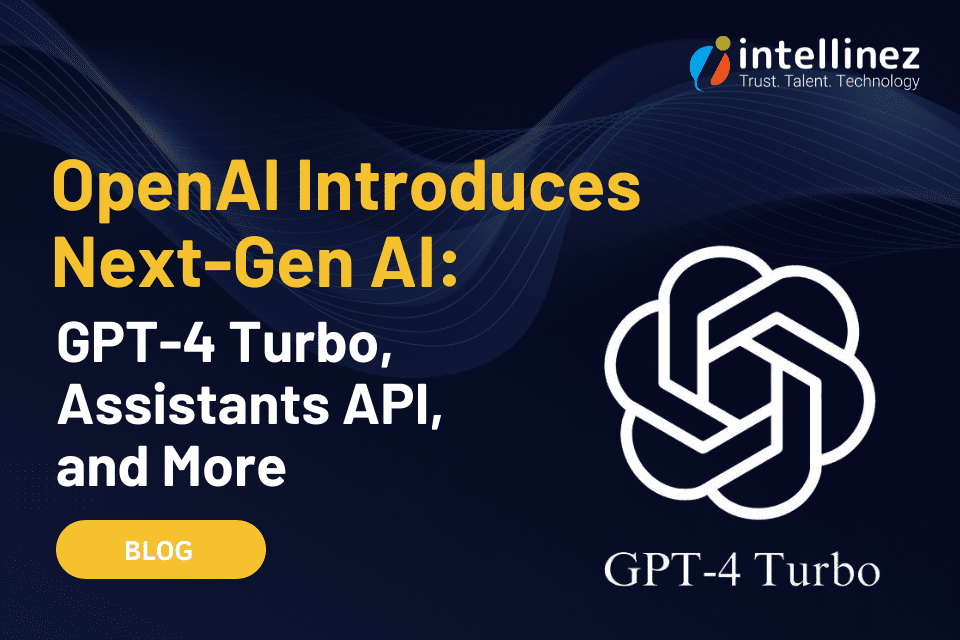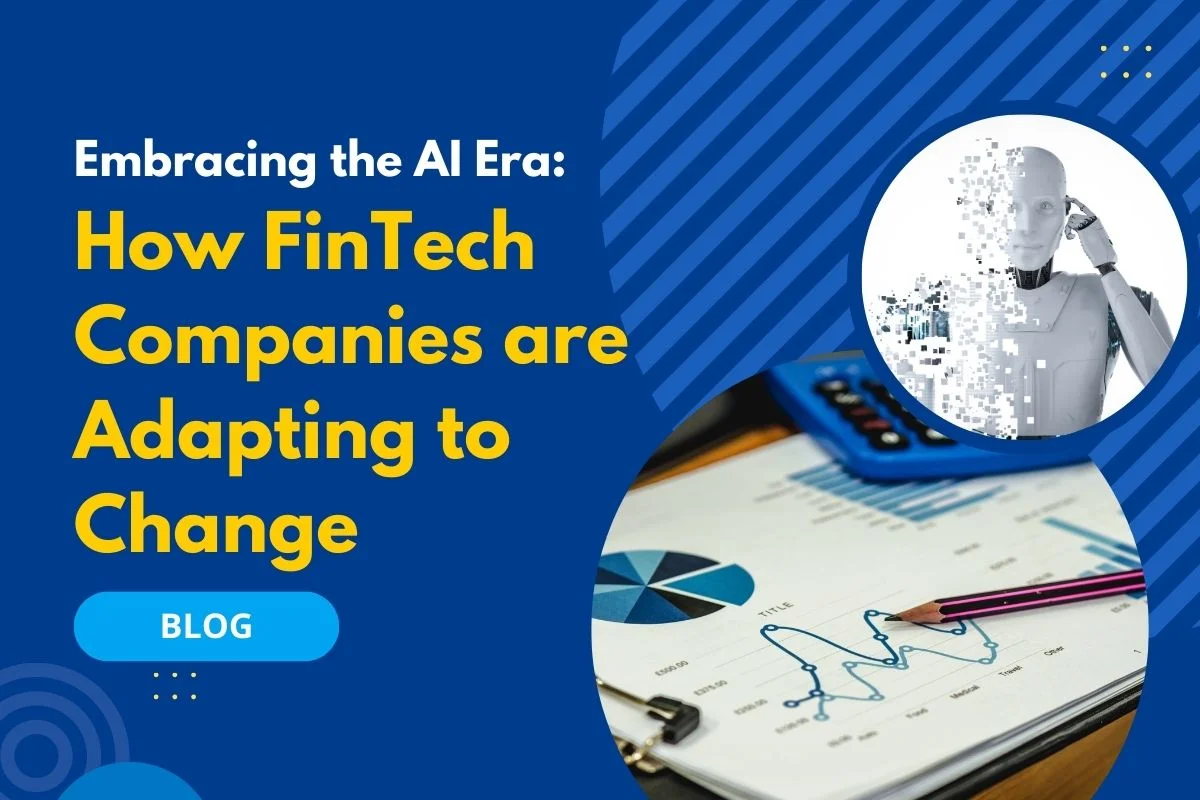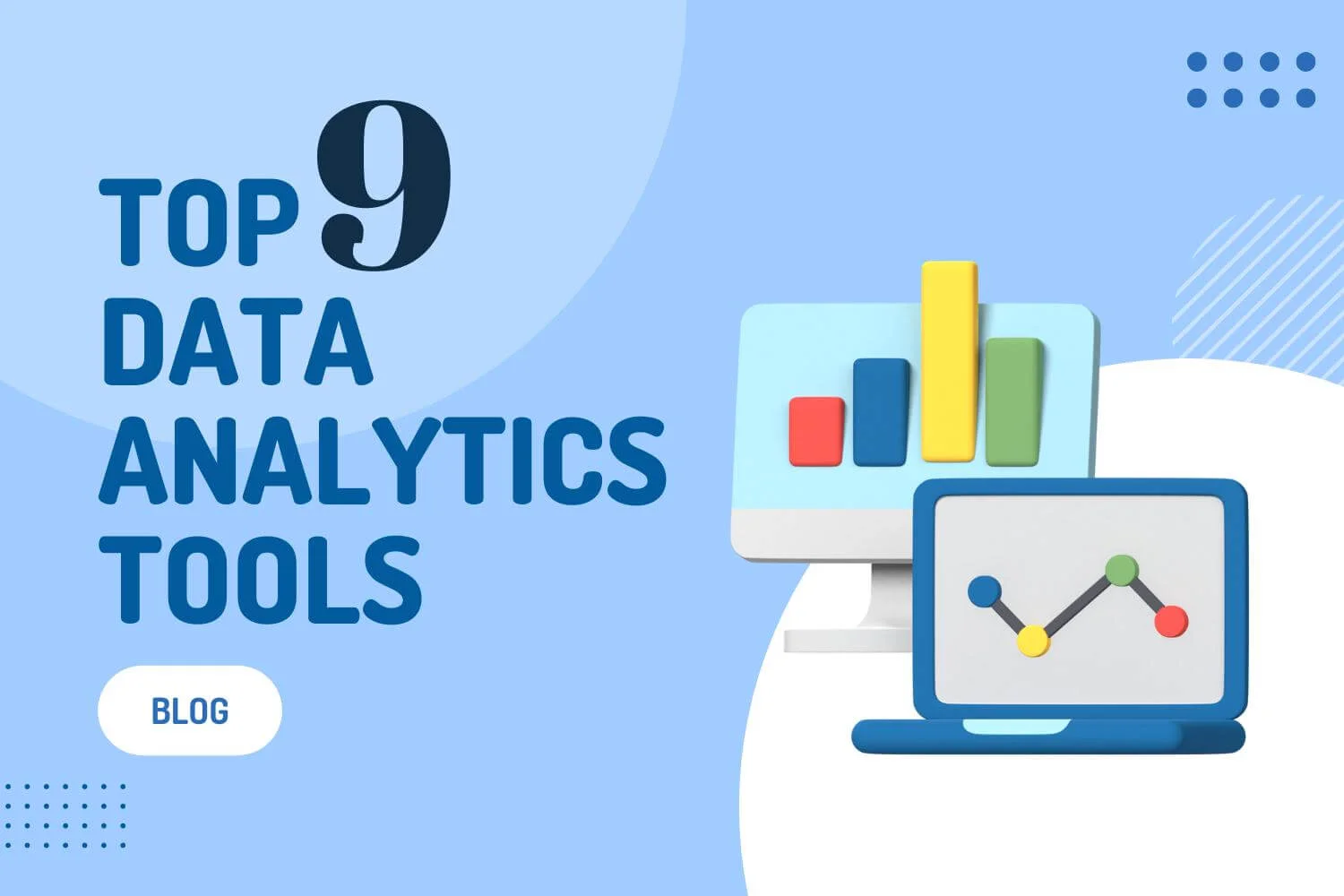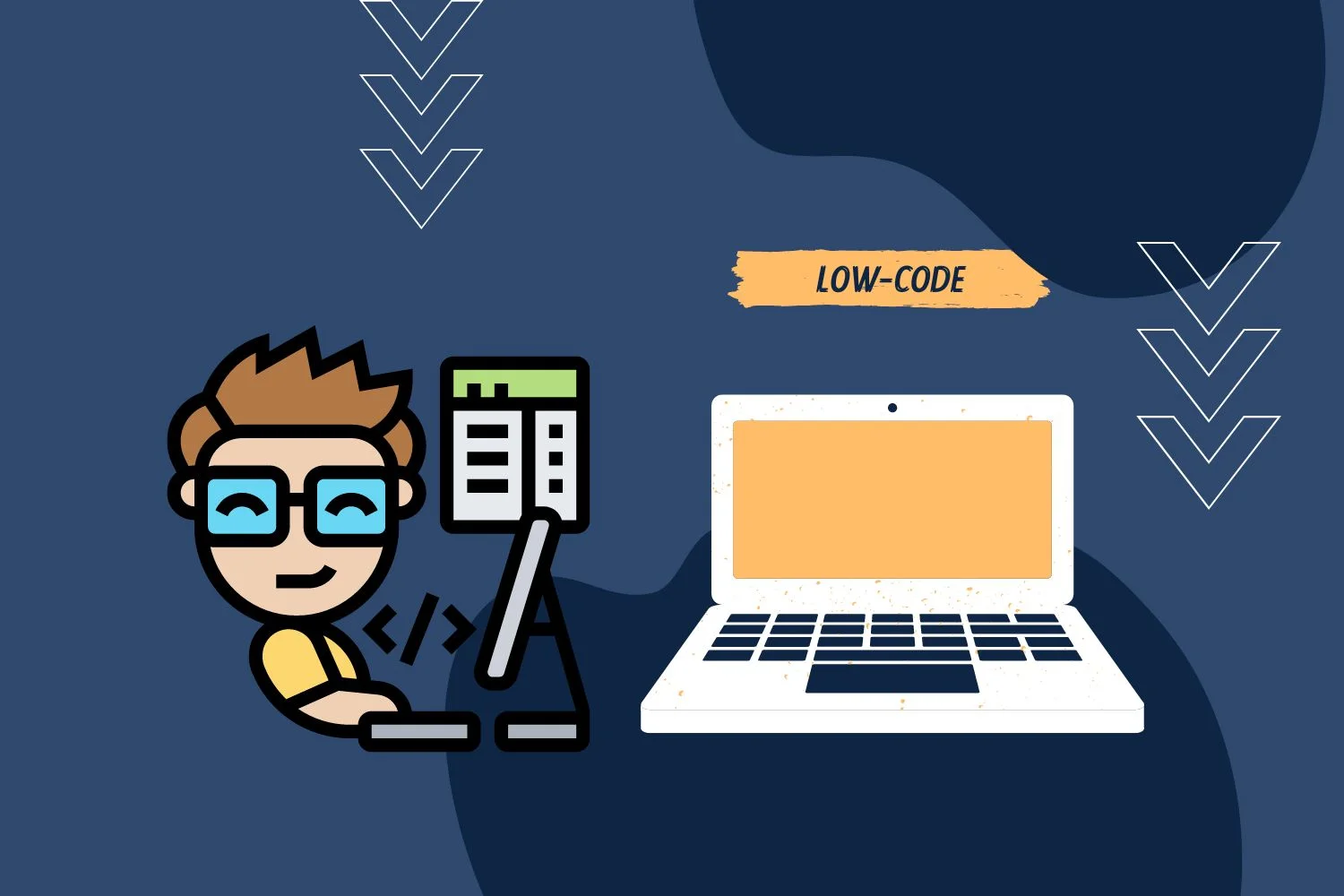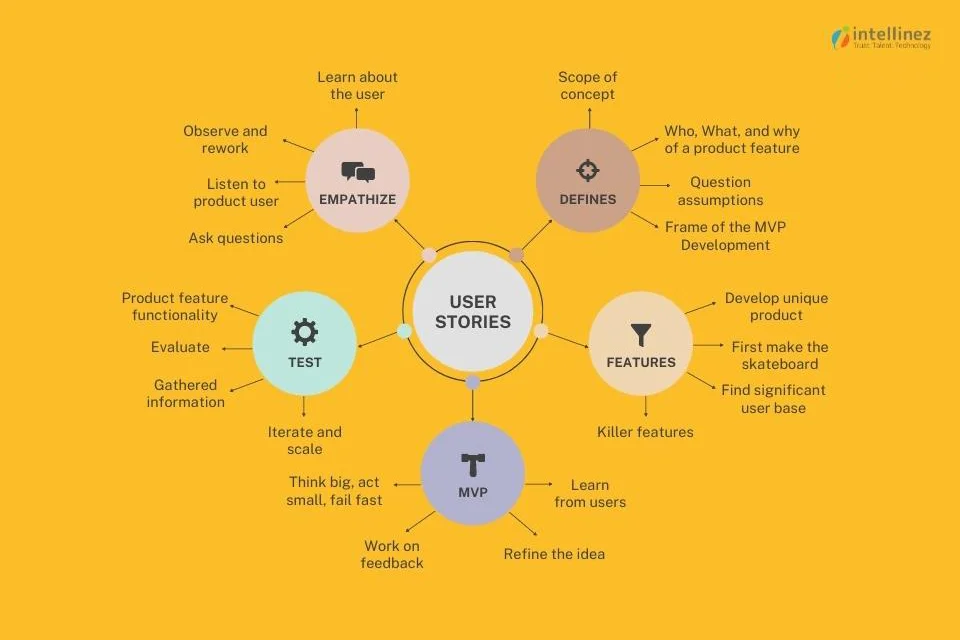Artificial Intelligence (AI) is rapidly transforming various industries, and the security sector is no excepti0n. With the rising number of cyber threats, the integration of AI and cybersecurity has become crucial. In fact, the FBI’s 2020 Internet Crime Report revealed that cybercrime increased by 61% compared to the previous year, causing a massive $4.2 billion in damages.
AI enables machines to learn from vast amounts of data, detect patterns, and make decisions with minimal human intervention, making it a valuable tool for cybersecurity.
Machine learning and deep learning, both subsets of AI, are particularly relevant in this field. Machine learning can analyze data and detect anomalies, while deep learning can identify complex patterns and behaviors. The use of AI and cybersecurity can significantly improve threat detection and response times, making it essential for protecting organizations and individuals from cyber attacks.
Why Does Cybersecurity Need Artificial Intelligence?
Artificial intelligence (AI) can help address challenges that traditional security methods cannot. Using AI-enabled cybersecurity solutions, Intellinez can detect and respond to new and sophisticated threats in real-time, learn and identify normal user behavior, detect fraudulent activities, scan for vulnerabilities, and automate routine security tasks.
It has the potential to transform cybersecurity by providing more effective defense against constantly evolving cyber threats. Here are some of the problems AI can help to solve in cybersecurity
- Detecting new and emerging threats: AI can analyze data in real-time and identify new threats, relieving cybersecurity experts of the struggle to keep up with the constantly changing threat landscape.
- Predicting breach risk: AI can analyze data from multiple sources, including user behavior, network traffic, and historical data, to predict the likelihood of a breach and provide early warning signals.
- Improving control effectiveness: AI can optimize security controls by analyzing data from different sources, such as logs and configuration files, to identify misconfigurations or other weaknesses that could be exploited by attackers.
- Automating security processes: AI can automate routine tasks such as security monitoring and incident response, freeing up security teams to focus on more complex issues.
- Enhancing threat intelligence: AI can use natural language processing and machine learning algorithms to analyze and classify vast amounts of threat intelligence data, helping security teams to stay up-to-date on the latest threats and trends.
- Prioritizing and analyzing security alerts: With the vast amount of security alerts generated by various security tools, it can be challenging for security analysts to prioritize and analyze them efficiently. AI can help by analyzing the alerts and prioritizing them based on their potential impact on the organization.
- User behavior analytics: AI can be used to monitor user behavior and identify anomalous behavior that may indicate a potential breach or insider threat. This can help organizations detect and respond to threats faster.
- Incident response: AI can assist in incident response by automating certain tasks, such as collecting and analyzing data, identifying the root cause of an incident, and suggesting remediation steps.
- Compliance monitoring: AI can be used to monitor compliance with security policies and regulations, and identify areas where an organization may be at risk of non-compliance.
- Threat intelligence: AI can help organizations to stay up-to-date with the latest threat intelligence by analyzing large volumes of data from various sources and identifying patterns and trends that may indicate a new threat.
Benefits Of AI On Cybersecurity
The Capgemini Research Institute conducted a survey of 850 executives from various countries and found that AI is essential in strengthening cybersecurity defenses, as cybercriminals are already using AI for cyberattacks.
The survey revealed that AI enables faster responses to breaches and improves the accuracy and efficiency of cyber analysts, with 69% of organizations considering AI necessary for responding to cyberattacks. As networks and data become more complex, the use of AI in cybersecurity becomes inevitable.
Analyse Network Behavior Using ML
Machine learning is helping companies take a proactive approach to cybersecurity. It can simulate cyber attacks through penetration testing and locate vulnerabilities in networks and systems, then apply software patches and code fixes. By learning from historical data, machine learning can detect unusual behavior and identify the biggest threats to a network based on its vulnerabilities.
Identify and Prevent Unknown Threats
51% of executives prioritize extensive AI for cyber threat detection over prediction and response. As malware attacks become more sophisticated, AI is becoming a crucial component of cybersecurity. AI can quickly identify potential threats by analyzing vast amounts of data and automate many security processes, making it easier for organizations to stay on top of their cyber security needs. With AI, organizations can respond faster to attacks, such as rerouting traffic away from vulnerable servers and alerting IT teams to potential issues.
AI Can Handle Vast Amount of Data
Artificial intelligence is an effective solution for detecting threats disguised as normal activity. It can analyze large volumes of data and traffic to identify potential threats, thanks to its automation. Residential proxies that use AI technology can transfer data securely and also detect and identify threats present in the traffic.
Vulnerability Management
In 2019, there were 20,362 new security problems, up from the previous year. Organizations find it hard to keep track of all these problems. But, using AI like User and Event Behavioral Analytics (UEBA) can help find problems before they become big issues.
Prioritizing Security Tasks
73% of enterprises currently test AI for cybersecurity, with network security being the leading category. AI-based systems enable organizations to identify their weak points and prepare for potential cyber attacks by evaluating threat exposure, IT asset inventory, and control effectiveness. This helps companies allocate their resources and tools more effectively to areas of vulnerability.
Reduced Human Error and Time
AI reduces breach detection cost and time by up to 12%, say 64% of respondents. AI technology can streamline cybersecurity processes, reducing the likelihood of human error and saving time. With the ability to analyze large amounts of data, AI-powered tools can identify threats quickly, allowing for faster response times and lower defense costs. These solutions can also detect suspicious activity by connecting various data points, enabling proactive protection.
Lower Threats Response Time
AI has the potential to significantly improve threat response time in cybersecurity. With its ability to quickly analyze large amounts of data, AI can identify patterns and anomalies that humans might miss. This allows for early detection and faster response to potential threats, reducing the risk of a successful cyber attack. By leveraging AI in cybersecurity, organizations can stay one step ahead of cyber criminals and minimize the damage caused by cyber attacks.
Secure Authentication During Login
To secure user accounts and sensitive information on websites, companies need an extra security layer, which AI can provide through tools like facial recognition and fingerprint scanners for authentication.
Without such security measures, hackers can easily access user accounts using techniques like credential stuffing and brute force attacks, putting the entire network at risk.
Bot Management
The prevalence of harmful bots in internet traffic highlights the need for automated solutions. AI and machine learning enable a deeper understanding of web traffic, enabling businesses to differentiate between good bots, bad bots, and humans, and develop effective cybersecurity strategies. These technologies allow analysis of vast amounts of data to detect and respond to abnormal behavioral patterns, which can help organizations stay ahead of bad bots.
How Does AI Work in Preventing Cyber Attacks?
AI has become a crucial tool in preventing cyber attacks, as it can analyze vast amounts of data and identify patterns and anomalies that may indicate a potential threat. AI works in conjunction with machine learning (ML) algorithms that are trained to recognize and classify different types of cyber attacks.
AI-powered tools can monitor network traffic, detect anomalies in user behavior, and identify malicious software in real-time. By using historical data, AI algorithms can learn to identify and prevent potential attacks before they even occur. For example, AI can monitor email traffic and identify phishing emails by analyzing the email’s content and sender information.
In addition to detecting attacks, AI can also help organizations respond to and recover from a cyber attack. AI-powered incident response tools can quickly identify the scope and nature of an attack, and help IT professionals to remediate the damage.
What Attacks Can Be Prevented in Cybersecurity Using AI?
Cyber attackers can employ various techniques to infiltrate IT systems, but most cyber-attacks share commonalities in their approach. The following are some of the frequently used types of cyber-attacks that can be prevented using AI:
- Malware
Malware is a malicious application that can perform various tasks, including creating network access, stealing credentials, disrupting operations, and even extorting victims through methods like ransomware.
- Phishing:
Phishing remains the most prevalent and dangerous form of cyber attack with 1 in every 5 email recipients clicking on a malicious link and 3 billion phishing emails sent daily, according to the Phishing Benchmark Global Report.
In a phishing attack, the attacker deceives an unsuspecting victim into disclosing valuable information, often via an email impersonating a legitimate entity, making it the most prevalent and effective cyber-attack due to its simplicity.
- Man-in-The-Middle (MITM) Attack
In a man-in-the-middle attack, an attacker intercepts communication between two parties to spy, steal information or credentials, or manipulate conversation, which is now less frequent due to end-to-end encryption used by most email and chat systems.
- Distributed Denial-of-Service (DDoS)
In a Distributed Denial-of-Service (DDoS) attack, an attacker floods a target server with traffic to disrupt or bring it down, utilizing multiple compromised devices to evade detection by sophisticated firewalls.
- SQL Injection
SQL injection is a database-specific attack exploiting HTML forms to execute queries creating, modifying, or deleting data, if database permissions are improperly set.
- Zero-day Exploit
In a zero-day exploit, cybercriminals target organizations using widely-used software with a known vulnerability before a patch is available.
- DNS Tunnelling
DNS tunneling creates a persistent communication channel by inserting malware into DNS queries, as many organizations fail to monitor DNS traffic for malicious activity, making it difficult to detect by most firewalls.
- Business Email Compromise (BEC)
BEC attacks target specific employees to trick them into transferring money to accounts controlled by the attacker, making it one of the most financially damaging forms of cyber-attack.
- Cryptojacking
Cryptojacking involves hijacking a user’s computer or device to mine cryptocurrencies, and can go unnoticed by organizations as it doesn’t involve stealing data.
- Drive-by Attack
A drive-by attack infects a device with malware when a user visits a compromised website, often served in content such as banners or ads, using exploit kits that are readily available.
- Cross-site Scripting (XSS) Attacks
XSS attacks inject malicious scripts into vulnerable web pages, exploiting the unsuspecting visitors to compromise their devices, data, or redirect them to other malicious sites.
- Password Attack
A password attack is a cyber-attack that involves guessing or cracking a user’s password using various techniques such as Brute-Force, Dictionary, Rainbow Table, Credential Stuffing, Password Spraying, Keylogger attack, and Phishing.
- Eavesdropping Attacks
Eavesdropping attacks intercept and access unsecured network communications, highlighting the importance of using a VPN when accessing company networks from public Wi-Fi hotspots.
- AI-Powered Attacks
AI-powered attacks are a looming threat, with the potential for highly sophisticated and adaptable methods, such as using botnets, generating fake media, and exploiting vulnerabilities through machine learning.
- IoT-Based Attacks
IoT devices are often less secure than modern operating systems, and hackers seek to exploit their vulnerabilities to target medical devices, security systems, smart thermometers, or launch DDoS attacks.
Challenges Involved In Adopting AI In Cybersecurity
Cybersecurity presents a number of distinct challenges for AI that need to be addressed, including:
-
- Building and maintaining AI systems requires significant resources and financial investments.
- Acquiring diverse data sets is time-consuming and expensive.
- Inaccurate data can lead to incorrect results and false positives.
- Cybercriminals can use AI to launch more advanced attacks.
- Shortage of skilled cybersecurity professionals for AI-based security systems.
- AI algorithms can have unintentional biases with ethical implications.
- Integrating AI with legacy systems can be challenging and time-consuming.
- Compliance requirements and regulations for AI in cybersecurity can be complex.
- AI systems can be difficult to explain or justify.
Conclusion
AI and ML are critical in cybersecurity, automating tasks, detecting malware, analyzing network traffic, and identifying threats, leading to efficient and effective systems. Their potential is promising, with further automation possibilities. However, organizations must carefully implement AI and ML alongside other security practices to maximize their potential.
Hire Intellinez For AI Enabled Cybersecurity Services
AI can help in removing cybersecurity threats by providing real-time threat detection, user behavior analysis, fraud detection, vulnerability management, and automation. By hiring us, you can leverage our expertise in developing and deploying AI-based security solutions that can augment your existing security measures. Our team can help you build and maintain a robust cybersecurity program that can adapt to the constantly evolving threat landscape, reduce the workload of your security team, and provide greater visibility into potential threats. Trust us to help safeguard your business against cyber threats with the power of AI.
Soumya Mishra
Technology Leader proficient in engineering and execution of enterprise-level IT projects and providing support services on the same. Possesses the ability to set functional and technical strategies, converting them to an achievable plan of action, and driving them to realize and achieve customer success. Passionate leader believing in leading by example, possessing strong problem-solving skills and a can-do attitude. Adept at handling cross-functional teams across the globe and motivating them to achieve outstanding and sustainable results to meet organizational goals and objectives! Guiding Quote – “Every job is a self-portrait of the person who did it, Autograph your work with excellence”














































![A Comprehensive Guide to AWS SaaS Architecture [Diagram Included] 91 Aws SaaS Architecture](http://www.intellinez.com/wp-content/uploads/2024/08/Title-image.jpg)

